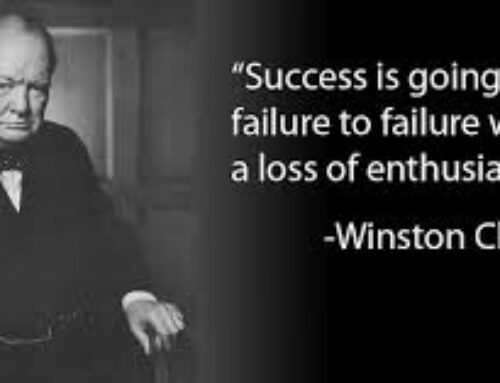We’ve all been there. Somewhere between “We need a strategy!” and having all the answers on a page. Whether you are attempting a business strategy, a marketing or communications approach or some other planning here are the secrets to good planning to keep you on course and get your answer quickly:
Eight Good Planning Tips:
1- Remember strategy is just a fancy word for planning
Don’t lose sight of what a strategy is. In its simplest from a strategy is about taking a look at where you currently are (A), where you need to be (B) and what the gaps are in between. The strategy identifies how to get from A to B. It’s as a simple as that.
2- Don’t consult with a blank page
Unless you have no idea where to begin and a couple of years up your sleeve, there is usually very little point in approaching other people and asking them what they think should be in the strategy and calling it consultation. You will end up with a long long long list of disparate ideas influenced by personal subjectivity that will be time consuming to sort through and that will disappoint the people you have consulted with when their ideas don’t make the final cut. Instead put some words on paper, provide the framework for where you think you should go and ask them to provide feedback. It’s more meaningful for everyone and will keep you moving forward.
3- Ask yourself, and your business, the right questions
The right questions aren’t as complicated as you think. Start with the basics – you can usually get away with just three. For a marketing or communications strategy:
For a business strategy try:
4- Try the 60 second pitch
I’ve seen many people get bogged down in endless research when they commence a strategy or planning process. Guess what, you probably already know not only the problems but most of the answers too. Here’s a way to unleash it – go stand in a room, set a timer for 60 seconds and in that 60 seconds explain what the problem or challenge is that you are trying to solve and then what you think the best way of fixing it is. Then write it down. Quickly. This is a great way to focus your thinking.
5- Get the bones of your strategy together quickly – then validate
I’ve borrowed this from Lean StartUp methodology because it works. Don’t try and write a 30 page document first up – write a plan on a page instead. Then use this to validate your strategy as you consult. This does two key things:
1) Forces you to focus your thoughts and keep your strategy simple and easy to communicate 2) Allows you to consult with something (see point 2) that will be meaningful for your stakeholders.
6- Test top down as well bottom up
A good strategy provides clear line of sight from your vision to the activities and initiatives that will help you achieve it. While a good strategy starts at the top and works down, a critical part of making sure you are on the right track is checking it works the other way too. When you think you are nearly there, flip it around and work from the bottom up. Check if your activities and projects actually relate to your vision, make sure the bits fit and are easily communicated.
7- Pictures and Patterns help
There is absolutely no point in having a strategy if no one understands it. If you are writing one on behalf of a large organisation making sure you can effectively communicate it is critical. My tip? patterns and pictures. I know it sounds like a ridiculous simplification but structural symmetry and colours really help to make it feel like it all fits. Icons connect things and engage and pictures really do tell a thousand words.
8- Enjoy it
You’re working on something that gives people answers and focus. You have the opportunity to inspire others and to innovate. This is a very cool thing to do so don’t forget to enjoy the process.
First published on www.yesstrategy.com.
Extract from an article by: Anika Johnstone





